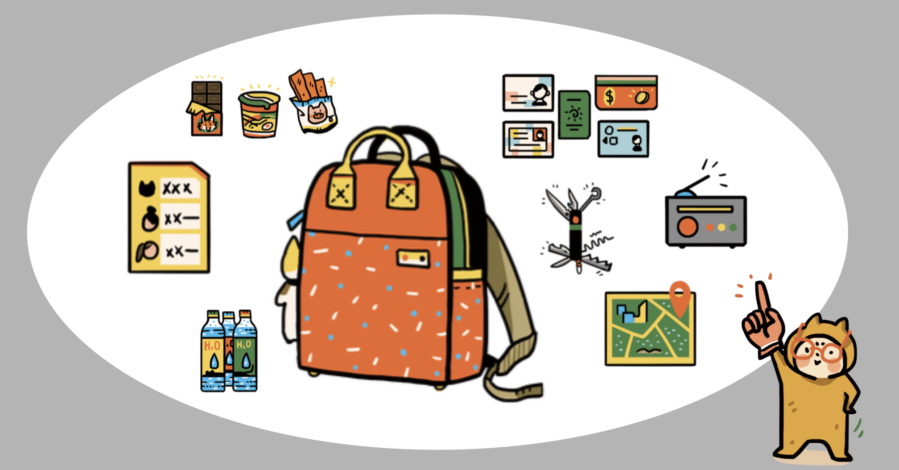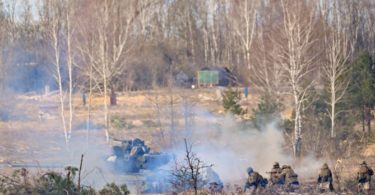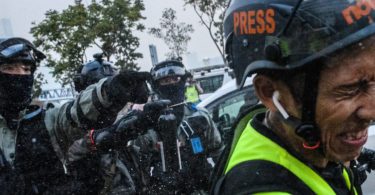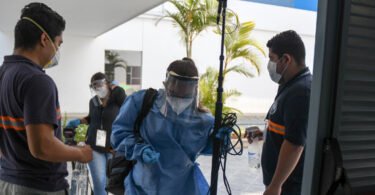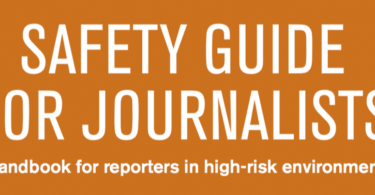Journalists reporting in zones at risk must be prepared for sudden crises and always stay on the lookout. In this article, Reporters Without Borders (RSF) in partnership with Taiwanese NGO Watchout provides a checklist for assembling a bug-out bag with all the needed necessities.
Journalists who report in zones at risk must be prepared if a conflict breaks out or a natural disaster occurs. As a crisis may come unexpectedly, journalists may find themselves in danger in their own residence and may need to evacuate as soon as possible. That is why preparing an emergency kit in a bug-out bag and keeping it in an easily accessible place is so important. Here are some tips to follow when preparing what is needed.
Preparation principles
- Use a quality backpack. Use a durable, easy-to-carry, and comfortable backpack suitable for long-distance walking.
- One bug-out bag per person per place. Journalists should prepare one bug-out bag per person in their household. They can adjust the weight based on physical abilities and age. They should also prepare an emergency kit for their working place, as emergencies can happen at any time.
- Prepare the necessary supplies. Pack them in the backpack, labelling the storage date. Check the contents every six months to make sure nothing is expired or needs to be replaced.
- Easily accessible location. Place the bag in an easily accessible location, such as near the front door or in the hallway.
- Practise its weight. Once your emergency kit is ready, journalists should practise carrying the bug-out bag to determine if they can manage the weight and adjust accordingly.
Supplies to prepare
- Food and water: journalists may need to rely on their own supplies for survival for 1 to 3 days before the government can allocate resources to assist. An adult requires an average of 1,500 calories and 2,000 cc of water per day. One can use this standard to assess how much supplies they need to prepare. Also, remember to prepare food and water for children or accompanying animals.
- Personal items and IDs: journalists may need identification papers when evacuating a place or possibly crossing the border to another country. Since the documents are paramount to be able to travel, they should keep copies inside a waterproof bag.
- Medical and hygiene kit: as the evacuation environment might make it difficult to maintain hygiene, it is not recommended for menstruating people to use reusable sanitary pads in this situation.
- Portable communication equipment and batteries: internet connectivity might be disrupted during the crisis. Journalists can use text messaging for communication and listen to the radios to update information.
Emergency items checklist
To prepare in advance
- Long-lasting, high-calorie, and portable foods, such as chocolate bars, instant noodles, and jerky
- Bottled drinking water for three days, and save the bottles to use as water containers
- Water filter and water purification tablets
- Copies of all important identification documents such as ID card, passport, vehicle registration, driver’s licence, bankbook
- Contact list of family and friends on paper (including name, phone numbers, address)
- Emergency evacuation map
- Ethyl alcohol or sanitiser
- Alcohol wipes;
- Face masks, gloves, and goggles
- Tampon and disposable sanitary pads
- Handheld transceiver
- Whistle
- Mobile phone power bank kit, including fully charged power bank, fast charging cable, and charging adapter
- Radio: battery-powered, hand-crank, or solar-powered models
- Flashlight and LED headlight
- Sleeping bag.
Not to forget to pack
- Fire-making tools, a Swiss knife or multi-purpose tool, and utensils
- Spare key
- Small bills and coins
- Small notepad and pen
- Scissors, tape, and quick dry glue
- Personal medication prescriptions
- Own mobile phone and its charger
- Warm clothing
- Walking shoes
- Lightweight raincoat.
Watchout is a Taiwan-based NGO focusing on defence and civil preparedness.

